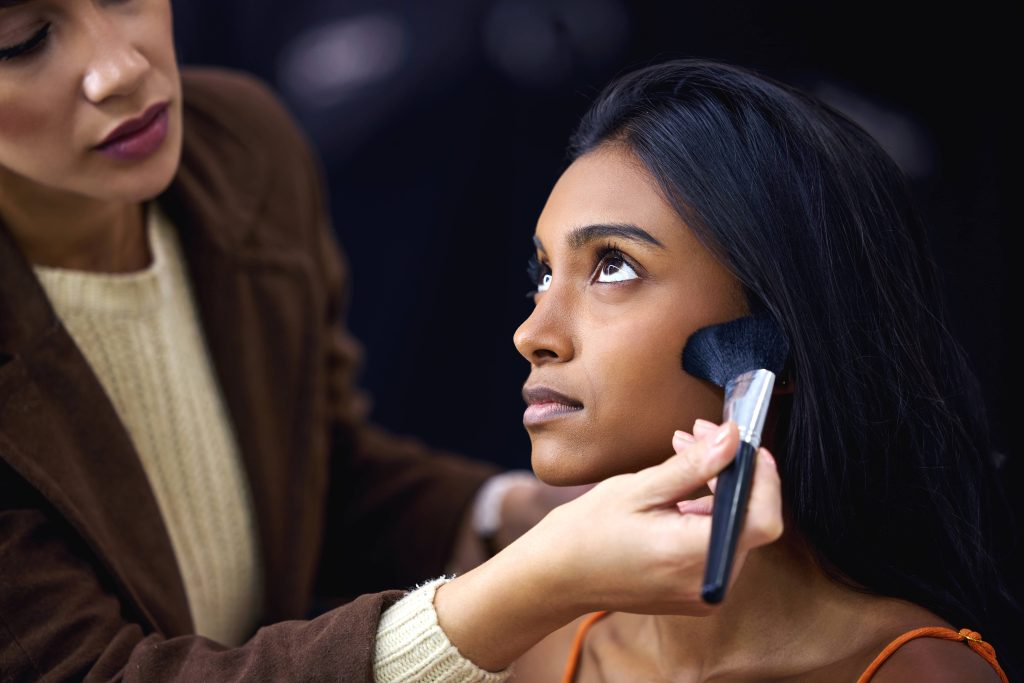
In the vast, ever-evolving landscape of the beauty industry, a seismic shift is occurring as indie beauty brands experience an unprecedented surge. These small, often independently owned companies have captured the hearts—and wallets—of beauty enthusiasts worldwide. With their innovative approaches, ethical practices, and unique offerings, indie brands are dismantling the stronghold once dominated by major cosmetics corporations. Let’s delve into the factors fueling this indie beauty boom and explore its implications for consumers and the industry at large.
The Rise of Conscious Consumerism
In recent years, there has been a significant cultural shift towards conscious consumerism, where buyers are making purchasing decisions based on more than just the quality of the product. Today’s consumers are informed, curious, and value-driven, eager to support brands that align with their ethical, environmental, and social beliefs. Indie beauty brands have intelligently responded by highlighting transparency, cruelty-free status, vegan formulations, and sustainable packaging—qualities that resonate deeply with modern consumers.
These companies are known for their storytelling prowess, communicating their mission and values in a way that resonates with their audience. Whether it’s sourcing ingredients ethically or ensuring labor practices are fair, indie beauty brands often operate with an ethos of responsibility and authenticity. This honest engagement carves out a loyal customer base that feels personally connected to the brand’s journey and success.
Innovation at the Core
Another key element contributing to the success of indie beauty brands is their knack for innovation. Free from the constraints typical of big corporations, these nimble players can experiment with cutting-edge ingredients, daring formulations, and novel concepts. This has led to groundbreaking advances in personalized beauty, addressing a broad spectrum of skin tones and concerns, which were traditionally underserved by mainstream brands.
For instance, brands like Glossier and Milk Makeup have reshaped the beauty market with minimalist products that emphasize skin’s natural beauty and dewy glow, appealing to consumers seeking fuss-free, effective routines. Meanwhile, other indie brands are exploring niche markets like Ayurvedic or adaptogenic skincare, diversifying options for consumers fascinated by more holistic approaches.
The indie beauty brand space has quickly become a breeding ground for trends that prioritize individuality and self-expression, fostering products that cater to every allure, from retro-inspired glam to avant-garde artistry.
Strategic Social Media Presence
Indie beauty brands have mastered the art of leveraging social media platforms to gain visibility and foster meaningful connections. Unlike larger companies that may rely on their established reputations, these brands have cultivated communities by engaging directly with consumers, often integrating feedback into their product development and marketing strategies.
Instagram, TikTok, and YouTube serve as pivotal platforms for indie brands, where beauty influencers and everyday users showcase tutorials, reviews, and personal testimonials. These genuine interactions create buzz and trust, turning enthusiastic customers into brand ambassadors. The effectiveness of this strategy can be seen with brands like The Ordinary, which utilized an educational approach to demystify skincare science, and ColourPop, which capitalized on colorful, affordable cosmetics shared widely across social channels.
Agility and Adaptability
Another advantage indie beauty brands have over their larger counterparts is their ability to adapt swiftly to market changes. With fewer bureaucratic layers, these brands can pivot quickly in response to consumer demands, emerging trends, and socio-economic challenges. This agility not only allows them to innovate rapidly but also hedge against potential supply chain disruptions or economic downturns.
Take, for example, the rapid response of several indie brands to the COVID-19 pandemic, where many could quickly produce hand sanitizers or pivot their messaging to wellness and self-care at a time when consumers desperately sought solace and relief. Their ability to stay relevant and sensitive to current globally affecting issues positioned them as leaders during unpredictable times.
Challenges and Opportunities Ahead
Despite their many advantages, indie beauty brands still face challenges on their path to success. The market is crowded, with new brands entering constantly, requiring innovative companies to maintain a distinctive edge to avoid blending into the saturated beauty background. Scaling operations without losing the intimate, personal touch that defines them is another hurdle, as is navigating regulatory landscapes that vary globally.
However, opportunities abound as these brands continue to harness the power of e-commerce, expanding their reach beyond borders without needing substantial brick-and-mortar investments. As they grow, some indie brands may choose to partner or be acquired by larger corporations, providing capital and distribution capabilities, but not without risking their intrinsic authenticity. Those that manage to retain their indie spirit while scaling operations will lead the charge in reshaping the beauty landscape.
Conclusion
In today’s beauty industry, indie brands have carved out an influential niche by advocating authenticity, showcasing flair, and centering the consumer experience. They’ve emerged as trailblazers, setting trends rather than following them, and the big-name brands are taking notice. However, for consumers, the appeal lies in discovering exciting, fresh alternatives fueled by passion and innovation.
As indie beauty brands continue their upward trajectory, they are not only challenging the status quo but redefining the standards of what the beauty industry can and should be—a testament to the power of creativity, community, and conscious choices. In a world increasingly defined by individuality and diversity, indie beauty brands are undoubtedly here to stay, with their surge indicative of a broader, more profound shift in the ideals of beauty and consumer engagement.



